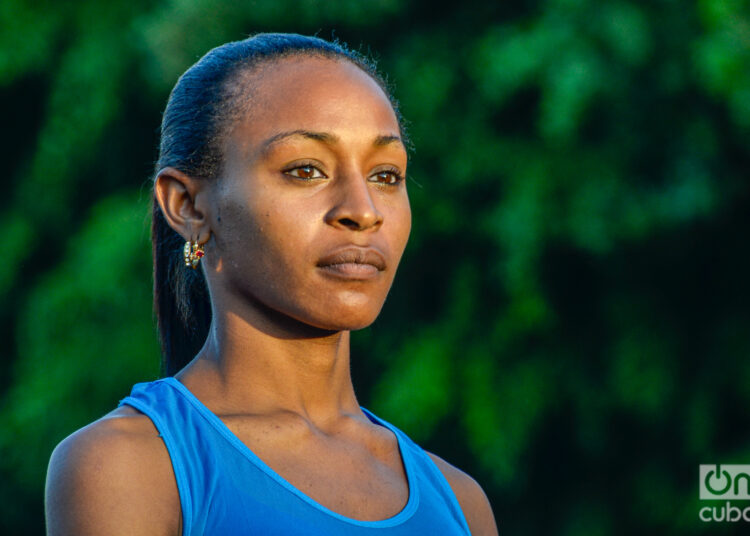On December 16, 2023, the Cuban presidency echoed news related to femicides, an increasingly disturbing problem for citizens, the government, and specialists.
The Attorney General of the Republic then reported that at the end of October 2023, 117 “violent deaths against women” had been counted. In the same statement, it emerged that the Cuban Prosecutor’s Office “presented the proposal for an Interoperable Administrative Registry, which would allow for real-time information on the violent deaths of women and girls for reasons of gender.” The initiative is part of the actions launched by the National Program for the Advancement of Women (PAM), in whose implementation context, in addition, the approval by the Council of Ministers of the Protocol for action in situations of discrimination, violence, and harassment in the workplace, proposed by the Ministry of Labor and Social Security, is awaited.
In addition to the figure reported by the Prosecutor, it was relevant that the data was discussed during the 7th Plenary Session of the Central Committee of the Communist Party of Cuba (PCC) as part of the evaluation of actions to address gender-based violence. For the first time, issues associated with these crimes were aired within that governing body.
It is not coincidental. The demands of activists and civil organizations, along with citizen participation, have been crucial for the gradual recognition by institutions, including political-ideological ones, of gender-based issues in the country.
In the same meeting, other topics related to gender-based violence were discussed: groups of women most affected, territorial gaps, lack of labor guarantees, need for greater intersectoral comprehensiveness, creation of more monitoring tools, and more.
But one question remains: is there a schedule for the Cuban State based on a short, medium, and long-term agenda to respond, with policies and direct actions, to the problems faced by women? Little is known.
We know about the Program for the Advancement of Women (PAM), mentioned before, but being a long-term and wide-ranging policy, what periodic agenda follow to land and implement it in the short term? The Comprehensive Strategy against gender-based violence has been another instrument of formal progress, among some initiatives, but how are these policies being carried out?
The press covers current statements by institutional representatives, but not much else. We do not know the plan for the current year or the coming ones.
The crisis speaks for itself. The demands, tangible by simply moving from the center of the capital to the peripheries, or to the eastern provinces, put women in the center of their sights and require urgent and concrete interventions.
In recent years, specialists and activists have written about the feminization of precariousness in Cuba, that is, about how successive crises have affected women and girls most severely. Based on this two-way dialogue, between the context of economic and social depression and the gender analyses that have been carried out in this regard, essential central points can be extracted to address: economic income, employment, and care; migration and women; differentiated impacts on rural, black and trans women; and gender-based violence.

Income, employment and care
Employment in Cuba has decreased by almost a quarter of a million people in recent years, according to the National Employment Survey (2023). However, this behavior is not experienced with parity between men and women.
According to the Survey, women predominate in the non-economically active population, representing 63.7% of the total, and of that figure, 30.7% carry out the so-called “household chores” (unpaid work). Meanwhile, total employment is represented by 61.8% men and only 38.2% women.
The participation of women in the non-state sector (where they receive better income) concerning the total number of employed persons also decreased, going from 19.1% in 2020 to 18.3% in 2022. If the total women’s employment is taken into account, the percentage of the non-state sector has suffered a drop from 15.4% in 2020 to 13.3% in 2022.
Studies from previous years also showed that Cuban women had less savings capacity, fewer bank accounts, received fewer remittances from abroad, were fewer business owners in the private sector, and were overrepresented in informal employment (read where there is no formal contracting, or without authorization of self-employment licenses), compared to men.

In parallel, the crisis in care, both for minors and the elderly, increases the economic, physical, and emotional fatigue of women; taking into account the persistence of gender-based roles in which they have historically been assigned to care for the sick, children, and the elderly.
Before the pandemic, requests for enrollment in Child-Care Centers (CI) exceeded the limited institutional availability. In 2018, more than 48,000 requests from working mothers nationwide were not attended to due to a lack of capacity and personnel. At that time, there were 1,096 CIs throughout the country, with an enrollment of around 134,000 girls and boys, which covered only 18.5% of the child population from one to six years old. In Havana alone there were 183 rooms closed for lack of personnel due to the deficit of 181 educators and 2,379 pedagogical assistants. There is no updated data on this situation.
Although since 2017 the activity of Educational Assistance and Child Care Assistant was approved within the private sector, the prices of private contract for this service could be considered unpayable for the most humble families, with lower incomes and, at the same time, more needy.
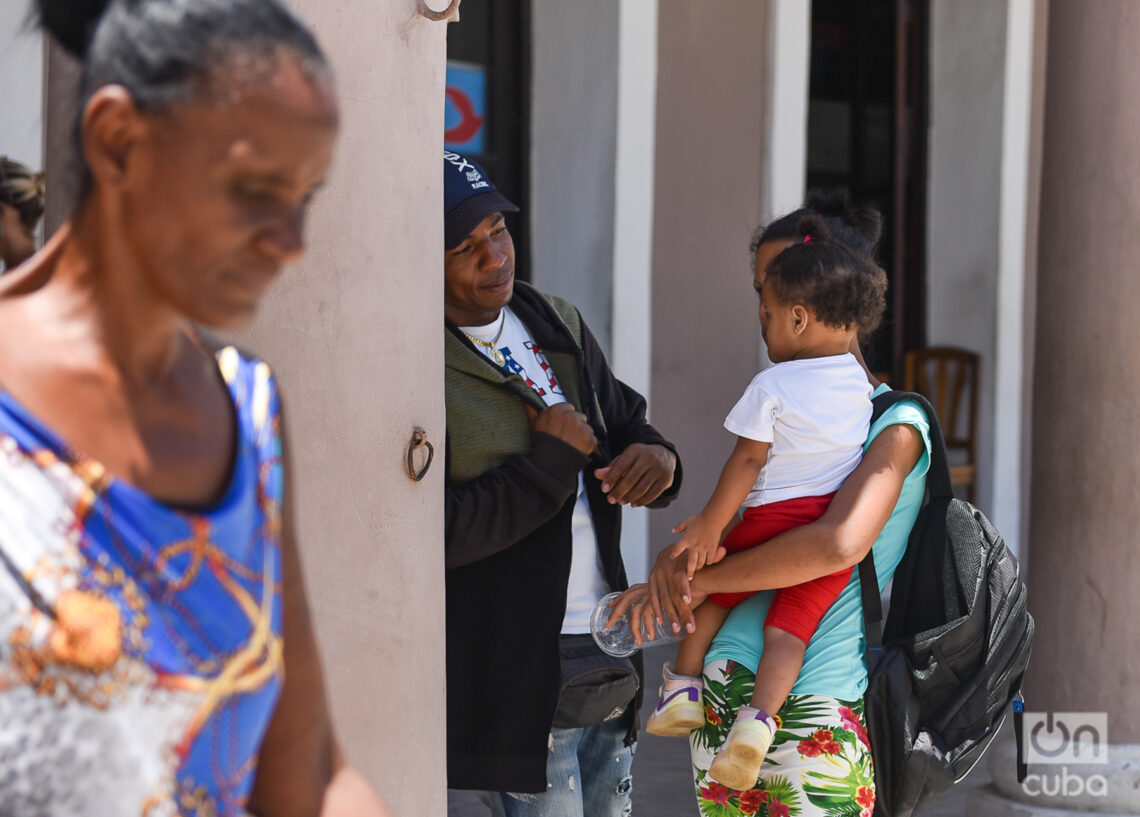
In a sort of update of the institutional care scheme, since 2021 the Ministry of Education regulated the opening of Children’s Houses, an institutional variant of attention and care for early childhood in entities that, according to their real and material possibilities, can allocate funds for their opening.
Although it is a palliative, it is far from being the solution. Firstly, the initiatives depend on the economic conditions of these state entities amid the structural crisis that the country is experiencing. Second, only mothers, fathers, or guardians linked to that entity would benefit. Third, the Children’s Houses constitute facilities for the state sector, while it is the private sector that has experienced a significant increase in the employment of the workforce; in 2022, of the people without a previous employment relationship who entered the workforce, 44% were women and 29% were young people. The vast majority did so in the private sector, for whom neither the Child-Care Centers nor the Children’s Houses were an option.
Cuba is also one of the countries in the region with the greatest aging population. At the end of 2022, the degree of aging reflected 22.3% of the population aged 60 or over; that is, 2,478,087 people (almost 80,000 more than in the same period of the previous year).
However, aging in Cuba is also feminized: while men present an average annual rate of aging of 32.3%, women do so with a rate of 34.3%, according to the published ONEI Population Aging Report (May 2023).
Cuban women age more, which does not mean they live better.

In 2022, around 221,000 older people lived alone in Cuba, the majority women. Of that total, more than 82% had only income generated by salary or retirement (that is, low income without foreign currency income, for an increasingly dollarized economy) and 80% had difficulties living alone due to various disabilities. In turn, 8% needed a full-time caregiver.
Since 2016, the National Survey on Gender Equality (ENIG) showed that Cuban women dedicated 14 hours more per week than men to care tasks or unpaid work at home.
Commercializing care, both in early childhood and in old age, does not translate into guaranteeing it. Care must be attended to by the State in a central and priority manner, without displacing its obligations and responsibilities in this area towards the private sector.
The crisis in care doubles or triples the burden of inequality and poverty of Cuban women: more unemployed, overrepresented in informal employment, with less income and in charge of caregiving that is also precarious.
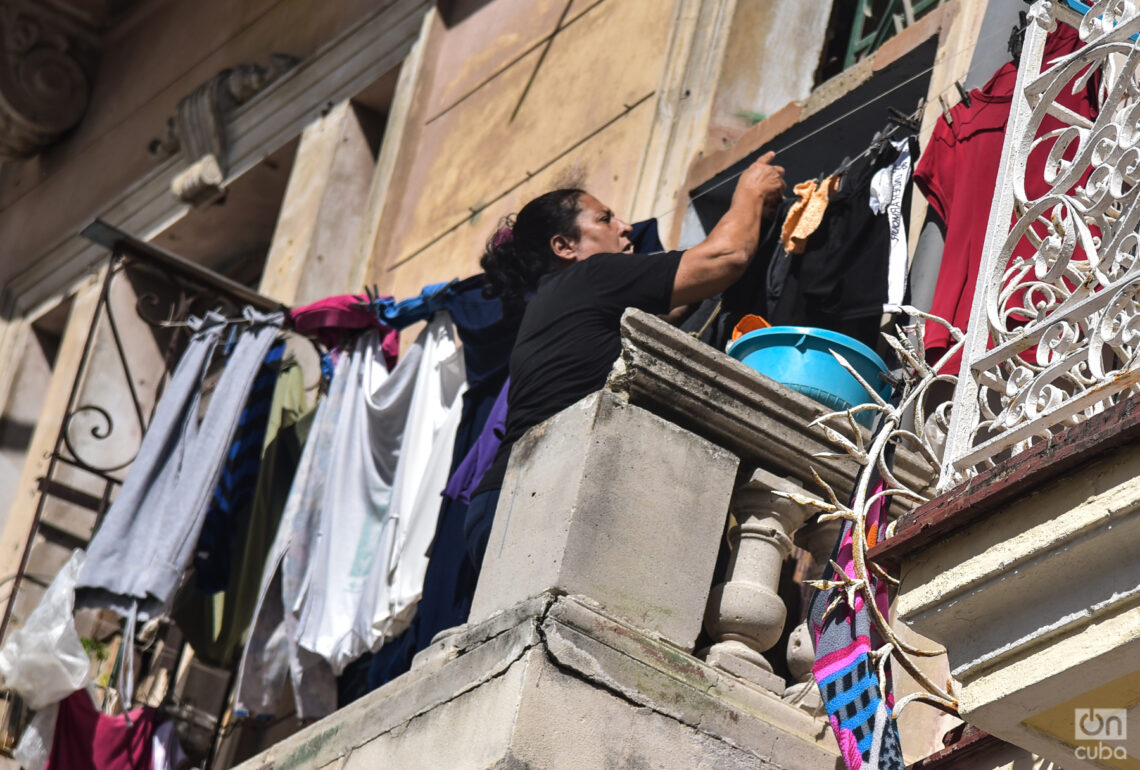
Migration and women
In the last two years, some 533,000 Cubans arrived in the United States (by land and air), a figure equivalent to 4.8% of the 11.1 million inhabitants. Around 17,000 requested refuge in Mexico from January to November 2023 (11 months), and almost 12,000 entered Uruguay (2020 and 2021). This means that, to date, 38% of families in Cuba have one or several of their most important members (up to the second degree of consanguinity) residing in another country.
“In terms of its composition, the Cuban migrant population continues to be concentrated in young ages…the bulk of this migration continues to be a population in the productive and reproductive ages, between 19 and 49 years; with a growing female presence, and also high levels of qualification.” This is how Cubadebate cites a CEDEM report from 2023.
The feminization of Cuban emigration is not a new phenomenon. Specialists point out that the migratory differential between Cuban women and men since 1960 has had a slight preponderance of women in external flows. Starting in 1995, the gender differential widened from a quantitative point of view, and until 2015, 55% of women versus 45% of men emigrated to the United States through regular channels.
However, the feminization of external migratory processes is experienced, not only due to the quantitative superiority of women but also due to how they integrate into migratory routes; for example, when they emigrate alone.
Historically, women have emigrated in the company of their male partners or with other family members, so management was decided and carried out by men. However, migrating alone involves creating networks with other women, moving with children, taking care of children, etc. This is the case of the current migratory wave.
Furthermore, more and more Cuban women are turning to irregular migration routes, with the risks that this entails in the face of gender-specific violence and the dangers of human trafficking networks.
The feminization of migration also influences the composition of transnational families and global care chains. Motherhood and care take place during migratory routes and in destination countries, whether in person or “remotely.”
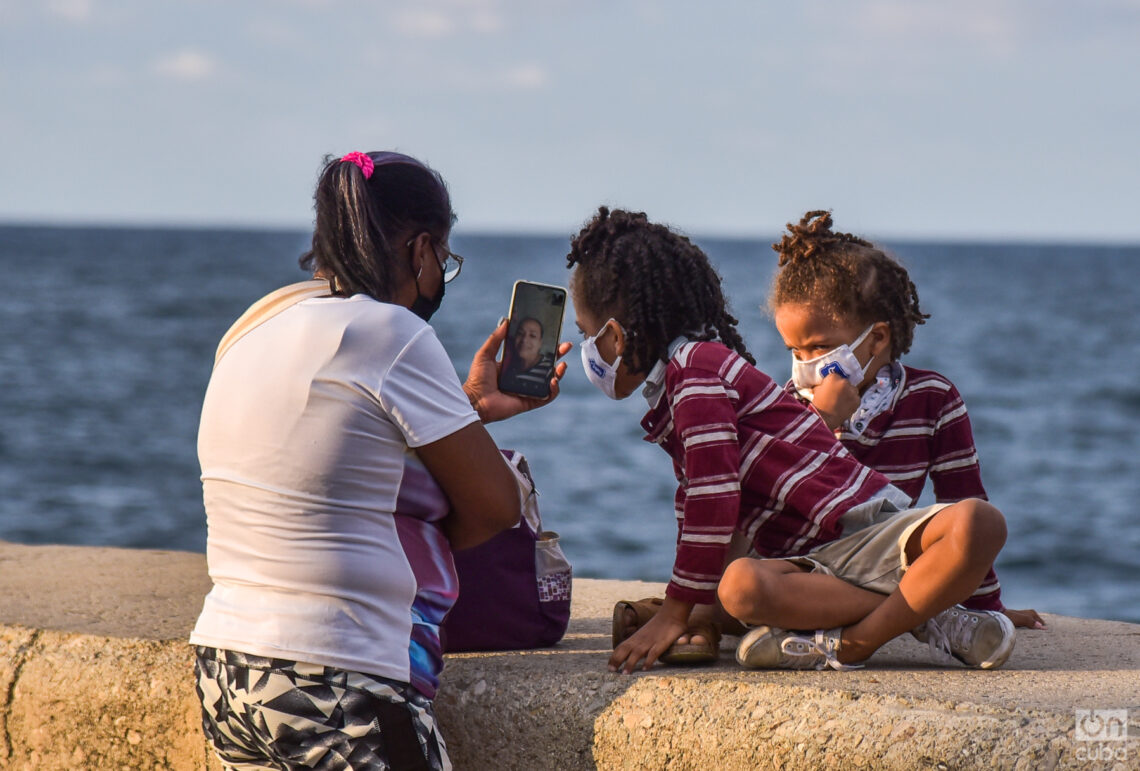
The effect of the feminization of external migrations impacts population aging, taking into account that the predominant ages in the Cuban migratory profile correspond to reproductive stages. This equally affects the low global fertility rate (1.41 children per woman according to the Health Statistical Yearbook, 2023), and the impossibility of achieving a gross reproduction rate (one daughter per woman) that allows a minimum generational replacement, non-existent in the country since 1978.
Likewise, this feminization impacts Cuban society in the following aspects: 1) the overload for migrant women, who continue to take care of and be responsible for their dependents in Cuba from abroad and 2) due to this responsibility for maintaining the family, they are also responsible for financing the commodification of care through remittances.
Rural, black and trans women
According to the National Voluntary Report of Cuba to ECLAC (2022), the rural sector registers 44,027 women who are usufructuaries of land (16% of the total) and 30,955 who are landowners (32% of the total owners). Only 20% of members of the National Small Farmers Association are women. Only 378,580 women are linked to urban, suburban and family agriculture, representing 40% of people linked to these activities.
Only 18.5% of all those engaged in agriculture, livestock, hunting and forestry are women.
The inequalities are obvious, which gives rise to other questions: How many are homeowners, single heads of households, or caregivers? How much is the average income? What possibilities do they have to participate in family and community decision-making?
For their part, black women in Cuba have a higher unemployment rate than white women; they occupy a greater proportion of unskilled or service positions; they have less access to currency; they form part of informal employment; being the majority in street vending, in care for the elderly, in bathroom care, in cleaning houses and businesses, etc.
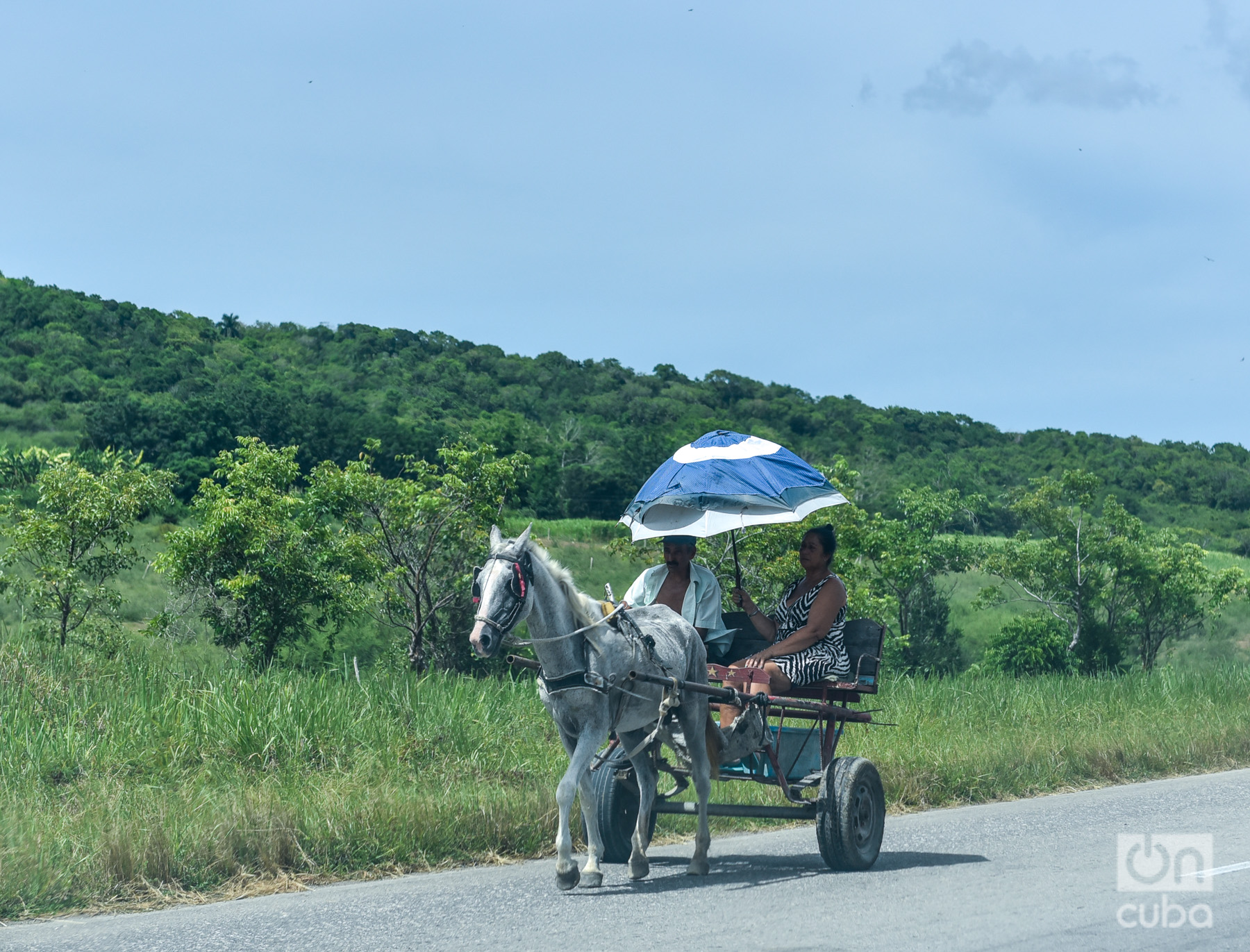
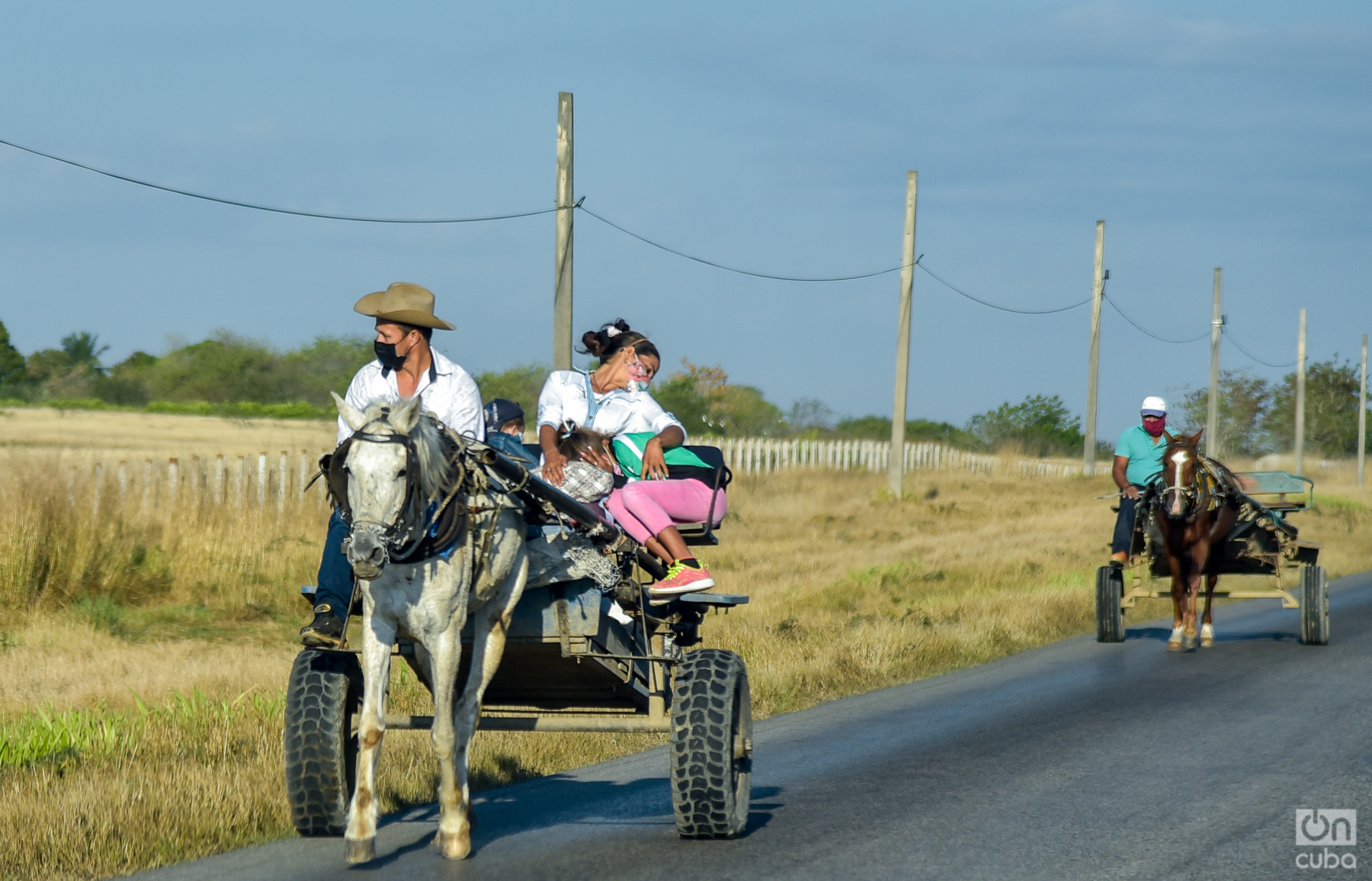
According to the last population and housing census (2012), households headed by single women (divorced, separated, single and widowed) represented 62.8% of the total number of heads of single households; but based on skin color, black women accounted for 49.1% of single heads of households, compared to 40.9% and 39.5% of mestizo and white women, respectively. This represents a redoubled effort to reproduce life and provide.
Black families predominate in overcrowded living conditions, in smaller houses-rooms, in improvised housing, with worse infrastructure, less access to water and greater use of shared bathrooms (Population and Housing Census according to skin color, 2016).
Among the data that draws the most attention is that the trend towards longevity does not manifest itself equally among black women, who have a life expectancy at birth of 76.78 years, below white women and men. The situation worsens if we talk about racialized women who reside in rural areas.
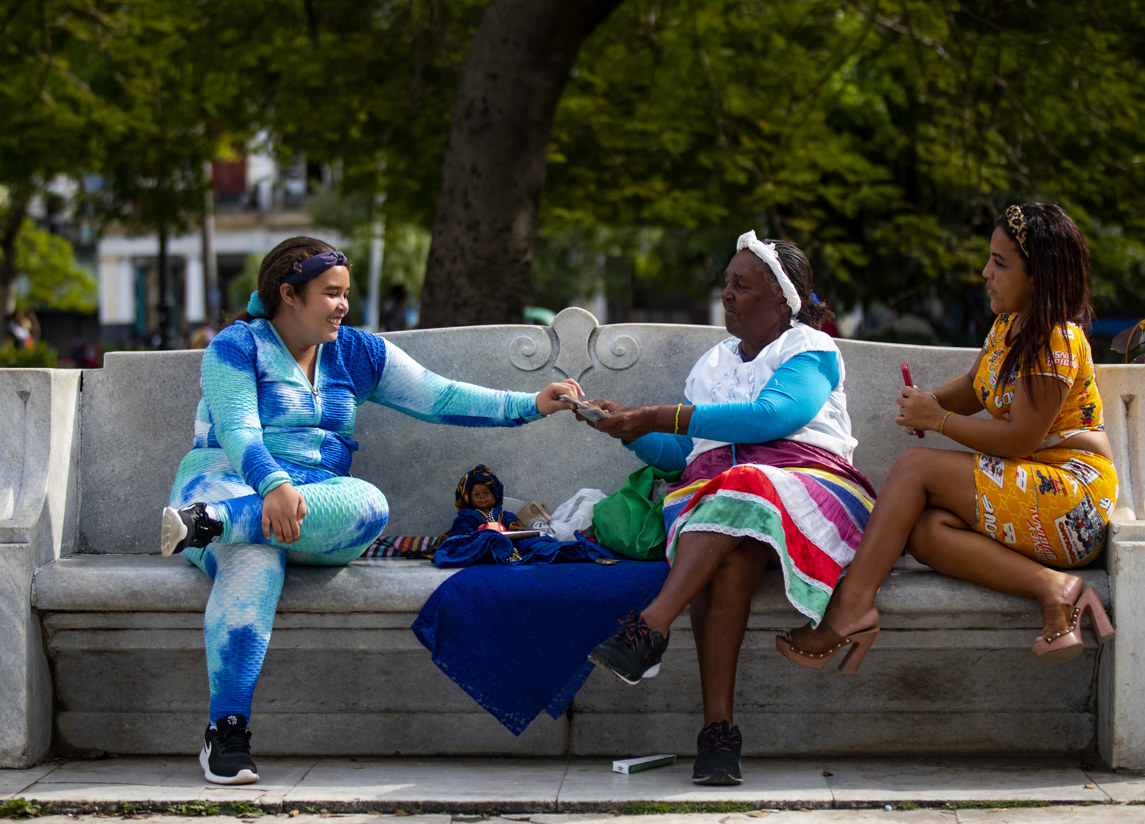
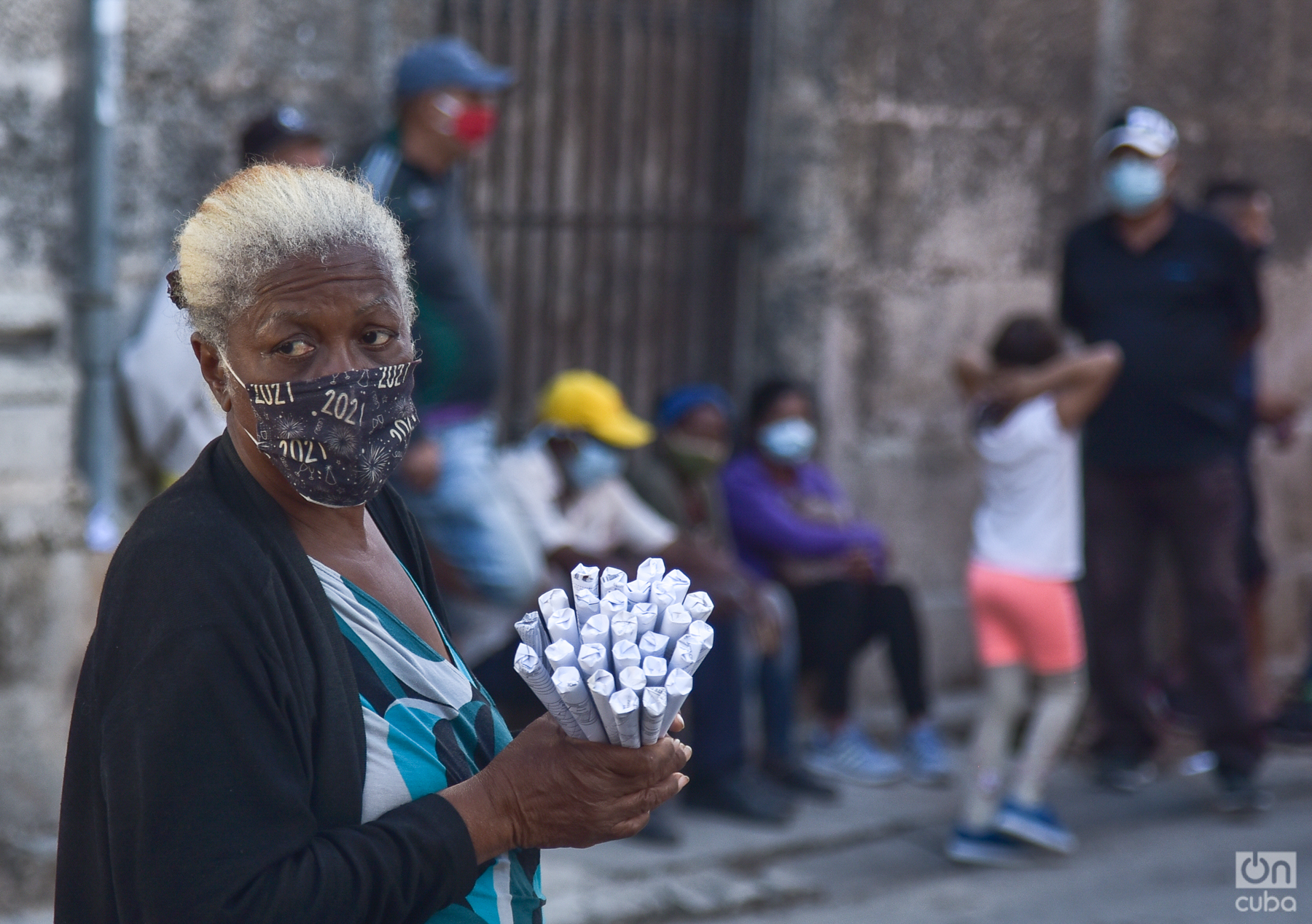
Hence the relevance of when the condition of rural and racialized women coincide: the child and adolescent fertility rate; the maternal mortality rate; school dropouts at early ages; child unions and/or marriages (more than 10 years apart from their partners) have the worst indicators in the eastern provinces (where the largest black population in the country is concentrated) and in rural areas.
The scenario worsens for trans people and women. Figures from 2017 described the panorama like this: 2.8% of the trans population was a university graduate; 39.9% were linked to study or work; 43% were looking for employment; 47.8% received physical attacks from their partners during the year before the study; and 57.8% were victims of sexual violence.
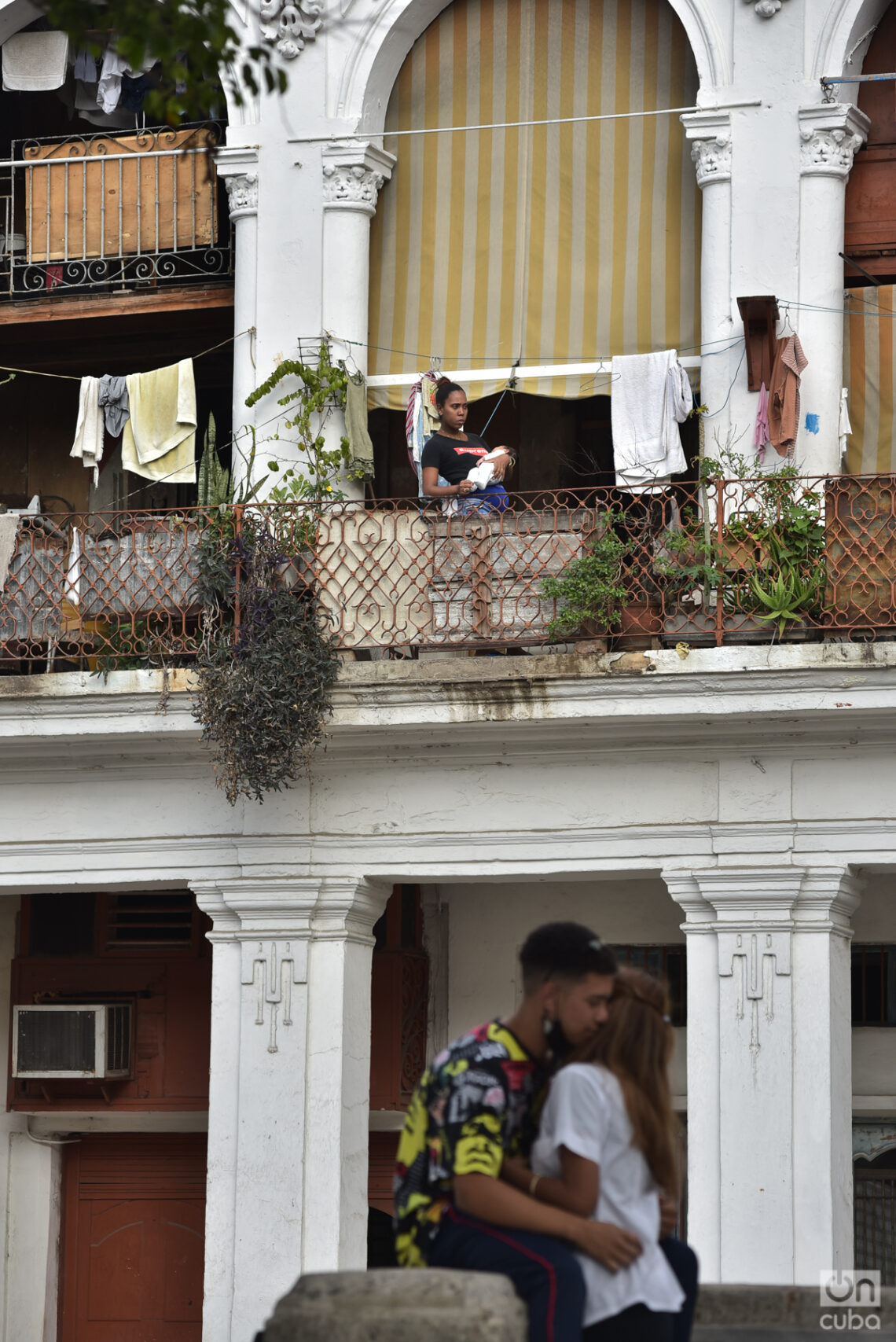
Gender-based violence and femicides
The 117 violent deaths of women referred to at the beginning of this text contain some inaccuracies. First, it is not known with certainty the period in which these crimes were committed, only that they occurred “until October 2023” and it is interpreted that, having been commented on in the last meeting of the year of the CC of the PCC, it refers to that year in specific.
Second, violent deaths of women are not necessarily gender-based crimes; they can occur in other circumstances such as accidents or robberies, to give examples. The note from the Presidency of the Republic does not make the distinction.
In the same session, other data of great interest were offered that confirm what was narrated throughout this text:
- Regarding femicides: the provinces with the highest incidence were Havana and Matanzas (West) and Santiago de Cuba, Granma and Guantánamo (East); 75% occurred in homes shared with couples; and 70 girls, boys and adolescents were orphaned as a result of the events.
- Regarding domestic and gender-based violence: 9,579 families are in situations of violence; 16,116 women and girls live there; of that figure, 60% are racialized (between 15 and 35 years old), with an average of ninth-grade schooling, and several are disconnected from work or are “housewives.”
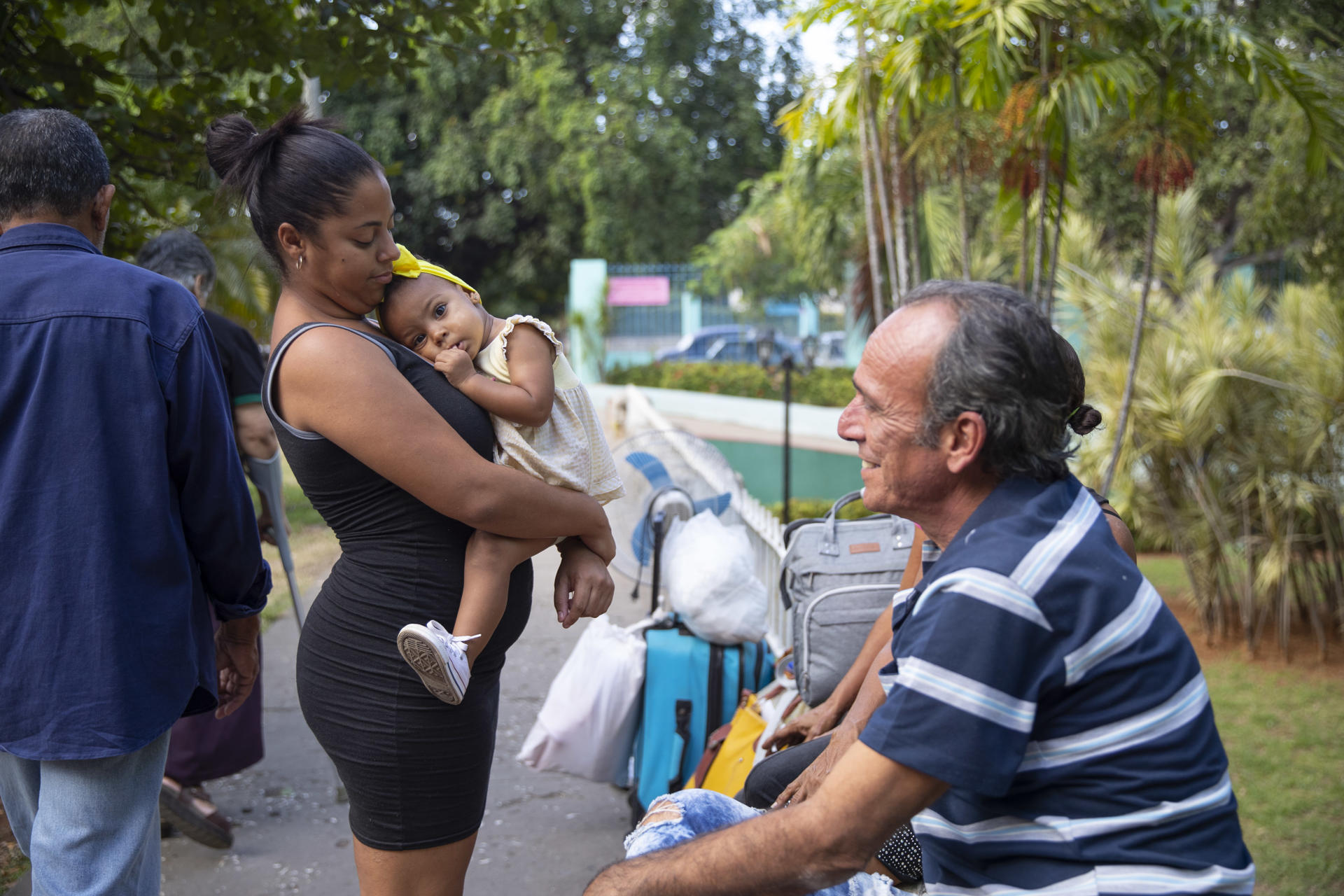
In short, to a large extent, the conditions of gender, racial and territorial inequality define the incidence of gender-based violence and femicides. Reversing this conglomerate of causes (impossible to describe in a few pages) requires urgent political and institutional will.
It has been proven that inequalities cost lives, as does the institutional slowness and lukewarmness to combat them.
For this reason, I present below the minimum outline of a gender agenda, understood as the set of government actions that I consider should respond to the problems that accentuate inequality in Cuba and put the lives of women and people of diversity in Cuba at risk in the short and medium term. They would be derived from a more comprehensive program, such as the PAM, already existing and being implemented. In this way, I consider urgent:
- Care systems and networks for early childhood and the elderly, with state support and universal access (rescue Child-Care Center programs in different forms of management; grandparents’ circles; nursing homes, etc.)
- Affirmative actions (including quotas) that favor the employment and insertion of women and trans people in the non-state sector, and that avoid discrimination and social isolation through the granting of certain incentives (fiscal, economic, or other, both for employer or employee) for those people.
- Expand the activities authorized to work in the non-state sector, including various professions derived from higher education (because we know that women complete university degrees in a higher proportion than men).
- Expansion of labor rights and guarantees in the Labor Code for workers in the non-state sector.
- Provision of basic income or some type of subsidy for women and impoverished families (racialized and rural).
- Public policies focused on gender disadvantages in general, which racialized and rural women experience in particular (including housing issues, delivery of plots, etc.).
- Creation of shelters for women in situations of gender-based violence, and policies that provide for the removal of the aggressor from the home.
- Care programs for girls, boys and adolescents who become orphans after the occurrence of femicides.
- Persistent and systematic training for police, judges and prosecutors on gender-based violence.
- Establishment of an exclusive help line for domestic and gender-based violence (the one that currently exists is not exclusive for these cases).
- Development of the Comprehensive Sex Education Program in all schools at all levels, which has been suspended since 2020.
- Development of Masculinities Programs in state institutions, schools and universities, in workplaces, in communities, which help raise awareness and dismantle sexist and racist patterns of behavior.
- Development of Programs against Racism through direct actions with the same scope as the previous point.
- Publication and systematic updating of data, censuses and surveys on gender inequality, gender-based violence and femicides under principles of transparency and public accountability, disaggregated by indicators such as: skin color, territory, age, gender identity, disability, etc. (to prepare this text it was necessary to use figures from 2012, 2016, 2017 and 2018, because there are no more updated surveys or censuses on the subject).
- Promote the participation of victims, victims’ families and support organizations in the preparation, development and application of public policies related to gender-based violence.
- Creation of a Permanent Care Department in the current Federation of Cuban Women (FMC), for racialized and rural women, which allows the participation of these groups in the survey of the problems that afflict them and in the design of strategies for actions for their solution.
- Creation of a Ministry of Women and Diversities (with specialized divisions for racialized, rural and diverse women).
- Institutional recognition of organizations and activisms of women, feminists and the diversities that are part of Cuban civil society today.
- Approval of a Law against gender-based violence and a Law on equality and against discrimination (including gender identities, anti-racism and all forms of discrimination). This is essential to create alternative solutions and methods to the punitive prison solutions of criminal laws, with sanctions of 30 years of deprivation of liberty or perpetual deprivation of liberty that do not undermine the real causes of crime.
Cuba has an invaluable historical legacy in terms of women’s political participation, their economic and social integration and the achievement of human rights that are still difficult to achieve in other latitudes and that must be taken advantage of for the effective implementation of gender policies. It is also a country that has not yet been devastated by transnational organized crime (including organized kidnapping and endogenous networks of trafficking in women), drug trafficking, paramilitarism and irregular wars or gangs, as is the case in many of the countries of our region.
However, there is no need to wait to implement emergency actions such as those mentioned. Cuban women have worked tenaciously for long decades to avoid becoming the forgotten, nor in numbers due to violent deaths; they have done it to achieve living a dignified life.

